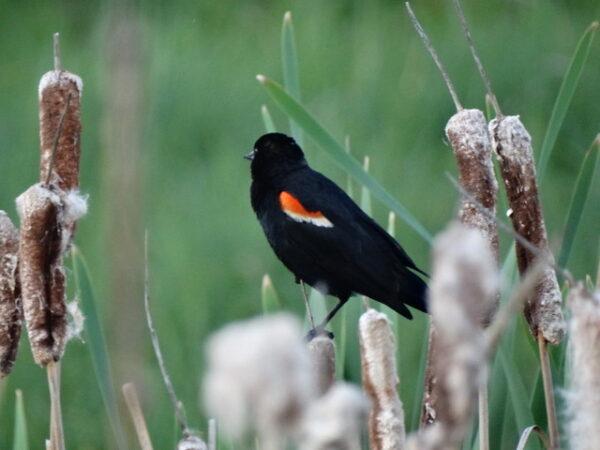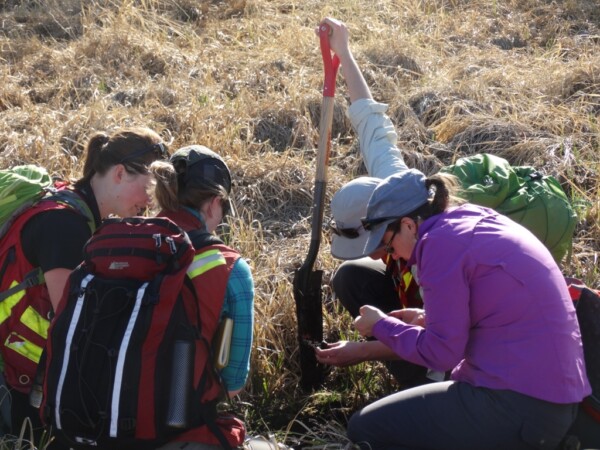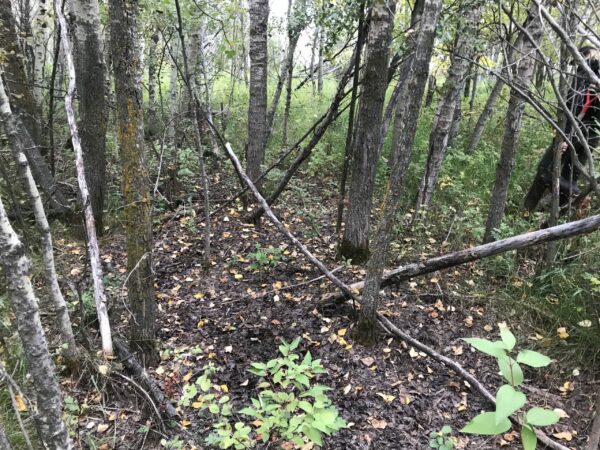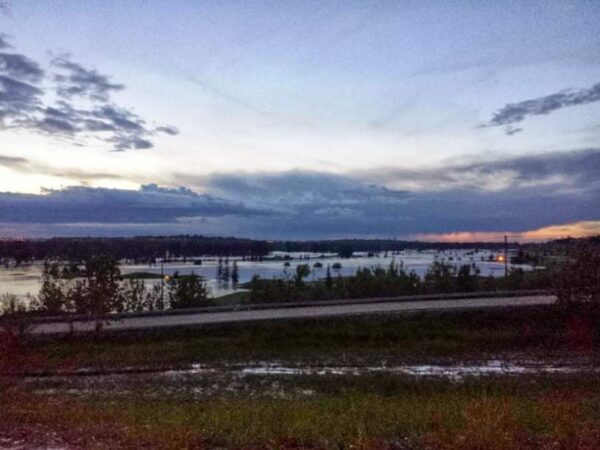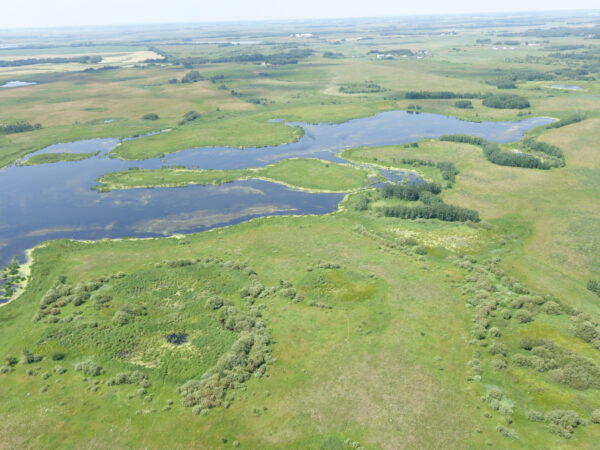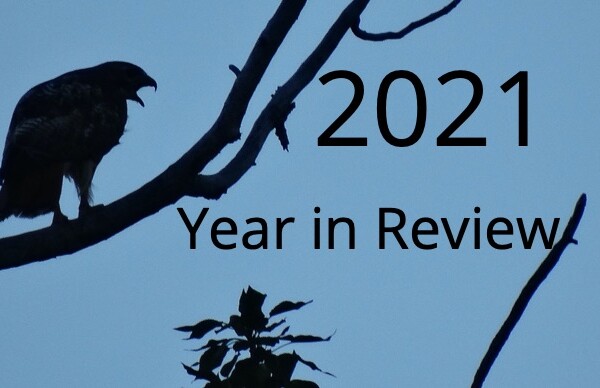One of the most captivating aspects of animal tracking is its dynamic nature—how tracks, sign, and landscapes morph as the seasons unfold. Tracking is not just a skill; it is an ongoing conversation with the land, and each season brings a new dialect. As animals evolve their behaviour, diet, and movement patterns throughout the year, the traces they leave behind shift as well. The long story of a winter trail, the muddy moments of springtime action at a puddle, the dusty scrapes of a late-summer summer scuffle, and the urgent energy of fall preparations all offer clues about what animals are doing and how thier biological priorities get shuffled as the seasons change.
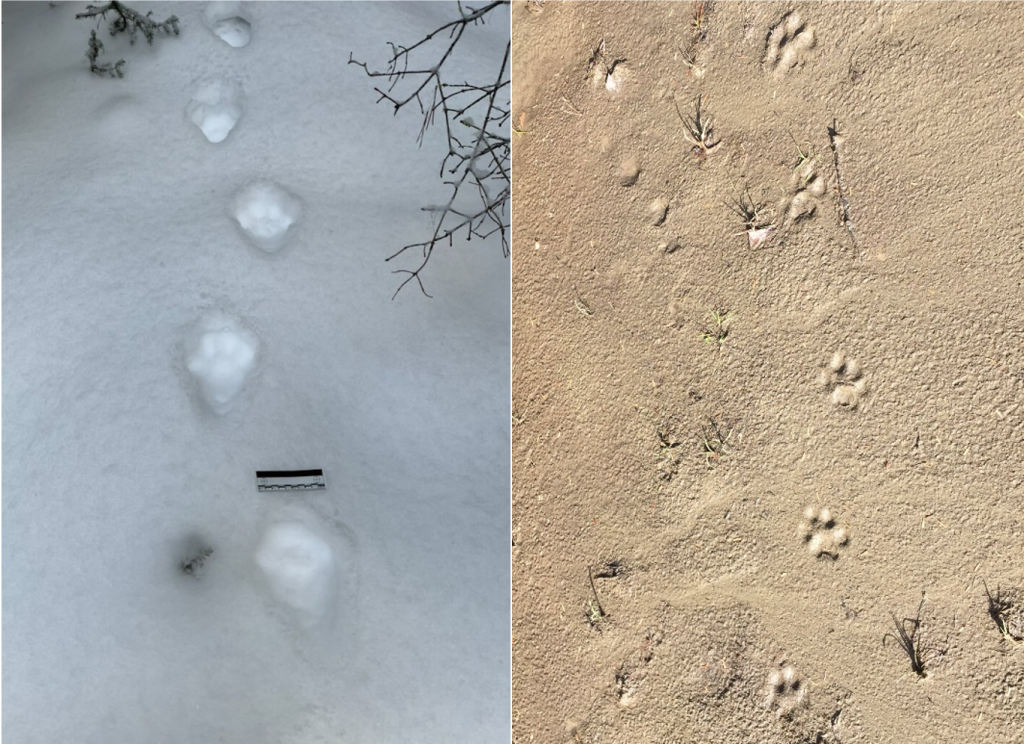
For trackers, understanding seasonal patterns is essential. The same animal may leave very different tracks and sign depending on the time of year, not only because of changes in substrates like snow and mud, but also because the animal’s behaviour shifts. From diet and movement to mating and migration, each season highlights different aspects of animal life to observe.
When winter snow blankets the ground, the woods become a vast canvas of movement. Under the right conditions, nearly every creature leaves a mark—from the tiniest mouse tunnel to the deep, deliberate prints of a moose. Snow reveals tracks in places where they may otherwise go unnoticed. However, identifying winter tracks often requires a new perspective, as snow can obscure fine details of foot morphology. Paying attention to gait, drag marks, and primary shapes becomes especially important when anatomical features are unclear.

Though winter may seem quiet to the untrained eye, it offers a wealth of signs to those who know where—and how—to look. Cambium feeding, where animals strip tree bark to access the sugary layer beneath, becomes highly visible once foliage has fallen. Scat changes too, with many ungulates producing compact pellets as a result of their drier, fibrous winter diet.
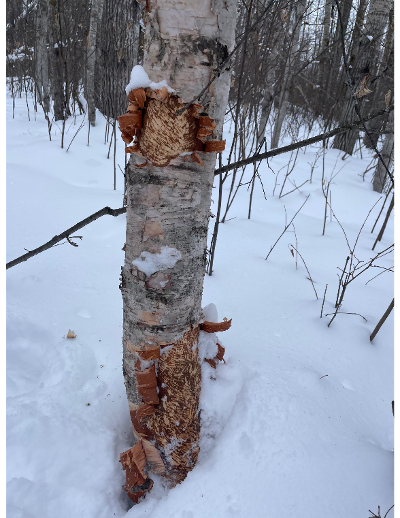
As the snow melts and spring awakens the landscape, the variety and vibrancy of animal sign rapidly expand. Migratory birds return, bears emerge from hibernation, and a plethora of new species become active. Spring also brings the birth of fawns, whose growth is reflected in the gradual increase in track size. Frequent rains create ideal tracking conditions in mud and soft soils, particularly along riverbanks, trails, and forest edges. Fresh sign such as fur caught on branches and newly browsed shoots are common.

In summer, the woods are alive with motion and energy. Food is plentiful, and many animals are at their most active. By mid-August, ungulates like deer and moose begin rubbing their antlers, leaving distinctive marks on trees and saplings. These rubs serve both as strength training and comunicative scent-marking ahead of the fall rut. Squirrel middens—piles of discarded cone bracts—become heeped with freshly harvested cones, along with fungal “decorations” placed atop logs, stumps, and tree branches to dry for future caching.
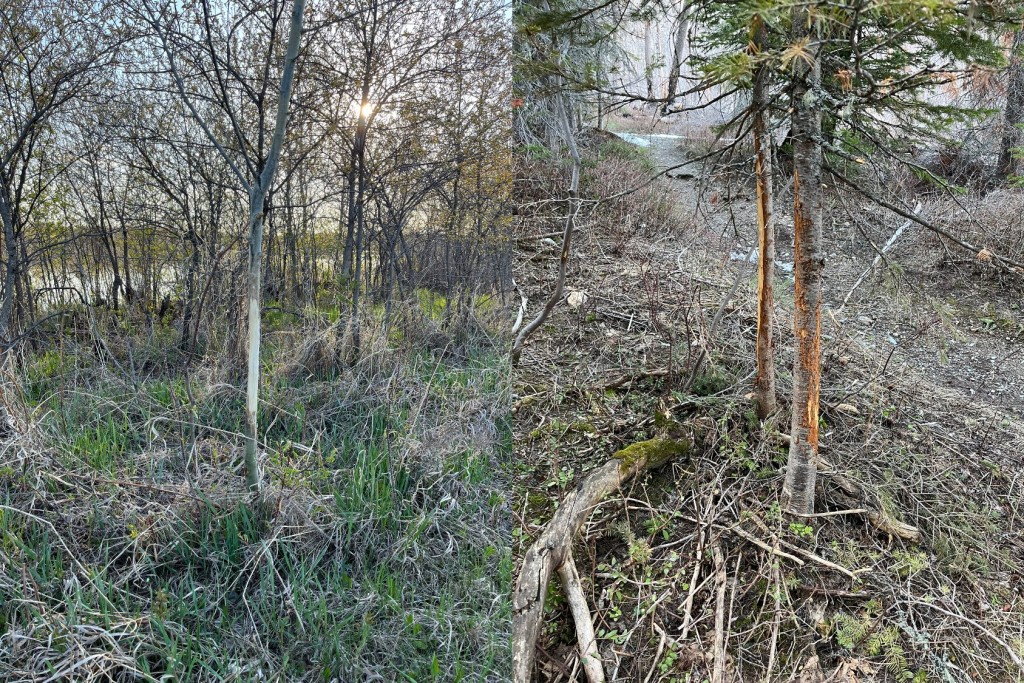
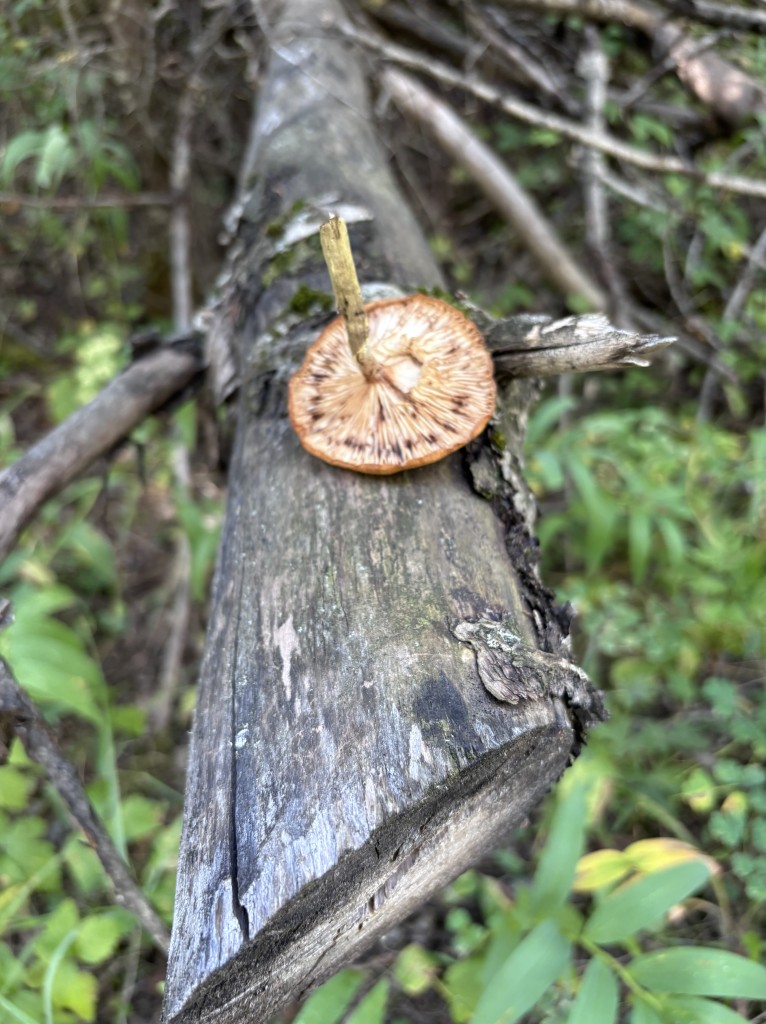
Scat changes again with diet: summer droppings reflect a menu rich in fresh greens, berries, and soft vegetation. Trails pressed through tall grasses or flattened areas in meadows can reveal bedding or travel routes.
Fall brings a palpable sense of urgency. Animals prepare for the approaching winter, shifting their behaviours accordingly. Red squirrels and beavers store food, resulting in a wide range of chews, drags, drops, and piles, as food is harvested, staged, hauled, staged again, and then eventually tucked away in a safe place to be accessed during the long dark winter. Birds form flocks and begin their migrations. As trees shed their leaves, previously hidden signs—such as bird nests and squirrel drays—become visible.
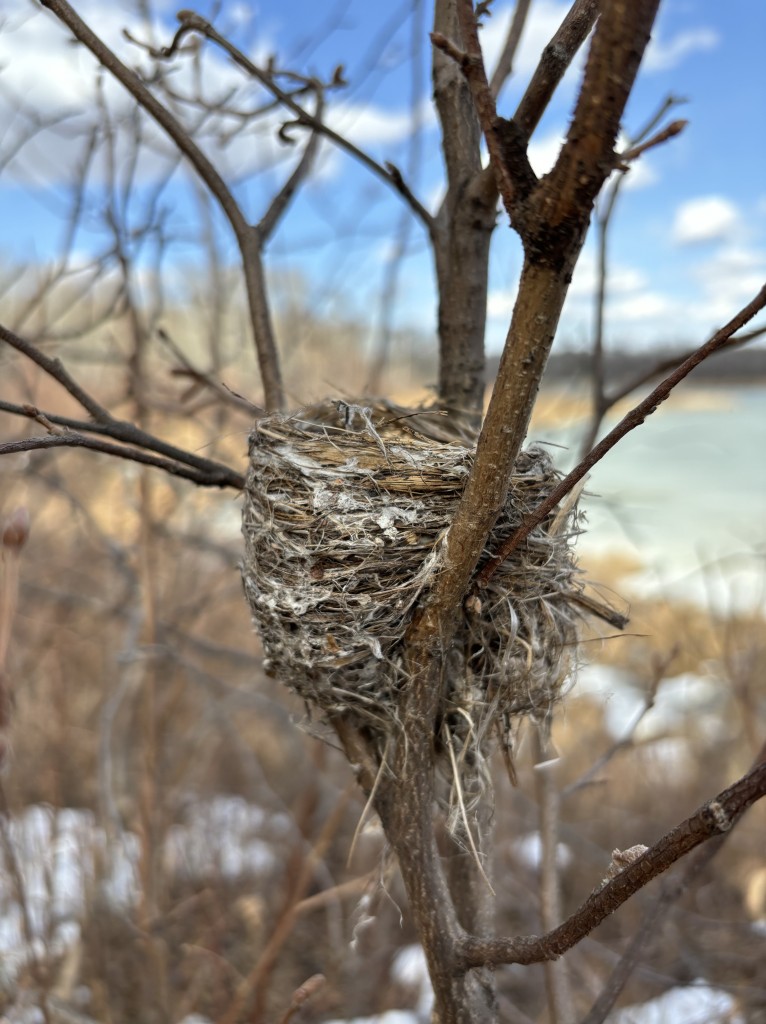
One of the most dramatic seasonal changes is the rutting season for deer, elk, and moose. Tracks and sign become chaotic and expressive, including scrapes where hooves and antlers have disturbed the earth, scent-marking posts, and evidence of buck sparring.
Tracking offers a powerful way to notice the subtleties of the changing seasons and to deepen our understanding of wildlife behaviour and shifting seasonal priorities. Whether marvelling at the first bear tracks of spring or following the tortuous snow trail of a weasel through winter trees, each species reveals distinct patterns that help us form a richer connection to the wildlife we share our landscapes with. With understanding comes familiarity and intuition. Our own sense of belonging in the natural world becomes more real, and with it grows a willingness to preserve and protect the shared home that all living things—including ourselves—depend upon. Our physical and emotional well-being is enhanced by these connections, and science benefits from an informed, observant public that notices when something is not right and cares enough to act.
To learn more about tracking, sign up for out newsletter, or better yet come join us at one of our tracking workshops!
Tracking through the seasons was written by Bria Griffin.
